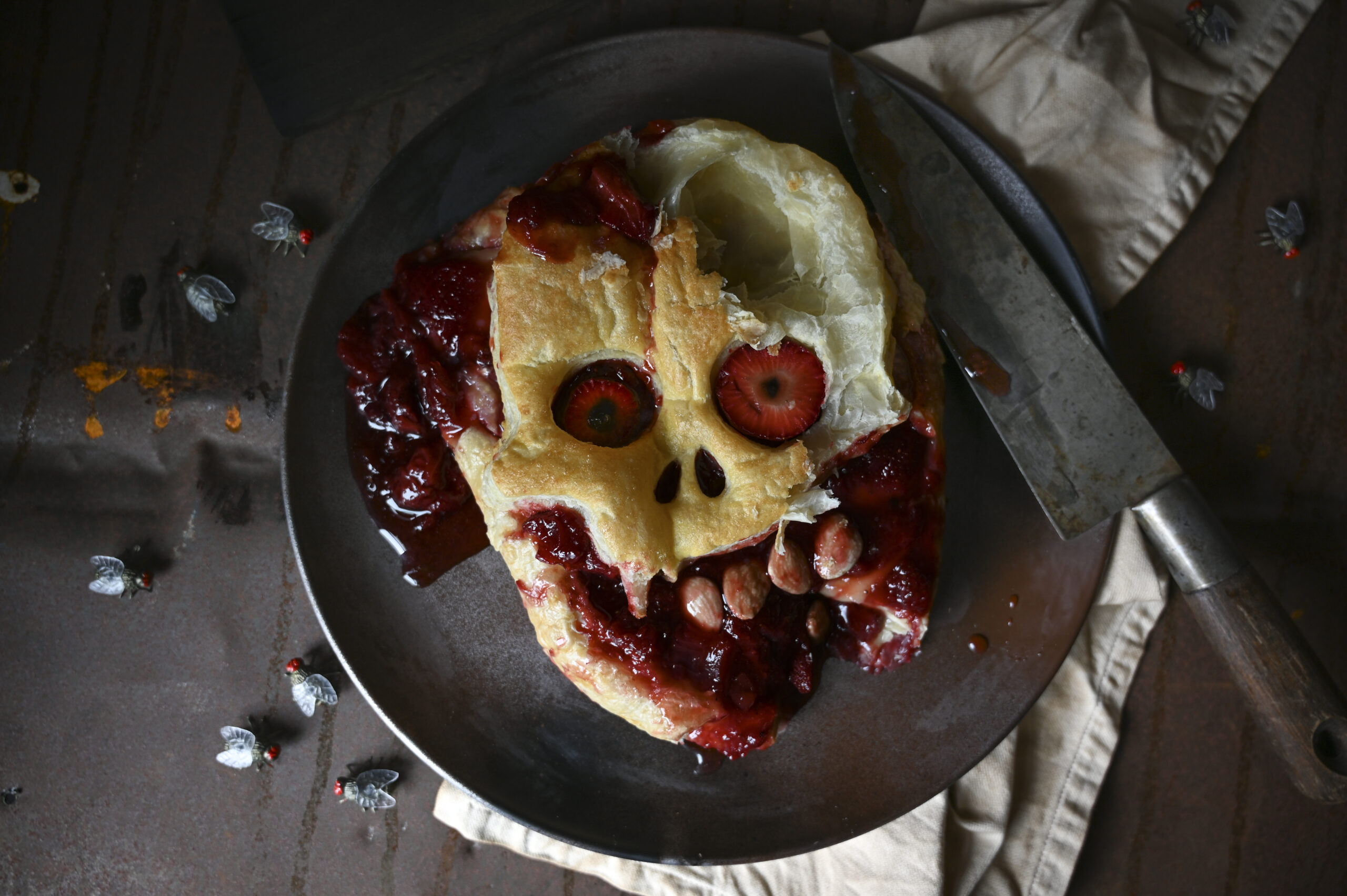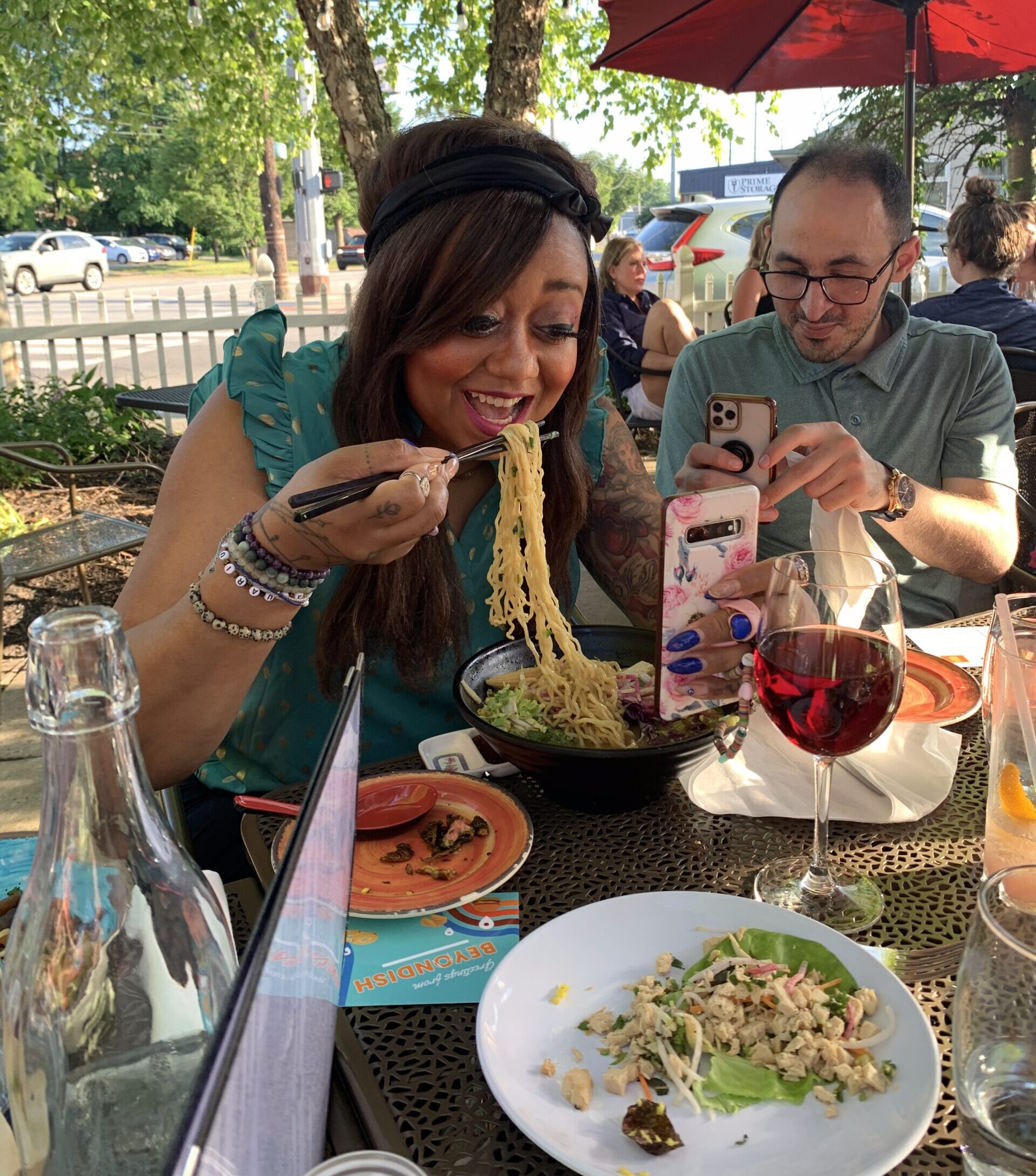
Though Persian Delicacies: Food for Special Occasions is her first cookbook, Angela Cohan has been writing and cooking without combining the two for many years. She moved from Tehran to southern California during her childhood and went on to earn a masters in Journalism and Mass Communications from UCLA. She was previously an editor for The Iranian Jewish Chronicle and is currently a contributing writer for Cultural Weekly. We talked to the award winning writer about why she wanted to write a cookbook, what home cooks should know about Persian food, and what she learned during the six year process.
What is your cooking background?
I have been cooking and baking since my early 20s. I immersed myself in the culinary world when I decided to write a cookbook six years ago. I enrolled in cooking and nutrition courses and interviewed doctors and nutritionists to learn more about the nutritional value of various foods.
How did you decide you should turn your family’s recipes into a cookbook and why now?
When my daughter started cooking and baking, she asked me for the recipes of traditional Persian foods such as Ghormé Sabzi and Polo Gojeh. I realized then that I had an obligation to pass down our stories, Farsi (Persian language), and the knowledge of our rich cuisine – otherwise they would be forgotten within the next generation. I reached out to my family and friends, who generously shared their signature recipes with me. My goal was to compile, translate and document our collective history and to preserve our rich heritage and culture. I also wanted to honor and pay tribute to family members, who are an integral part of my life.
What should people know about Persian food before cooking from your book?
Persian food is colorful, rich and tasty. Spices such as turmeric, saffron, cumin and cardamom are used extensively in Persian cuisine. Rice and tahdig (crispy rice) figure prominently in Persian dishes.
Are there big differences between Persian food and Persian Jewish food?
The main difference between Jewish cooking with Persian cooking is that we do not use dairy products with meat. I highlight some foods that are unique to Persian Jews, such as Gondi (Chickpea meatballs, which we serve during Shabbat – Friday night meals), and Halegh (Charoset – which we eat during Passover).

What did you learn about your culture, cuisine and self while recipe testing and writing the cookbook?
I learned that like the people of many other ancient cultures, Persians (Iranians) have known the healing powers of different herbs, spices and foods throughout their history. This knowledge has been passed down from generation to generation. I had to learn patience and perseverance, since it took six years to test the recipes and to write the cookbook.
What are a few pantry ingredients home cooks should add to their kitchen in order to get the most out of your book?
Some useful pantry ingredients are Basmati rice, avocado oil, turmeric, pure saffron, rosewater and cardamom.
Anything else you want to add?
In order to accommodate the different tastes and lifestyle choices of my readers, I present vegetarian and vegan alternatives that are traditionally cooked with meat. In addition, I offer many gluten-free and dairy-free options for readers who have food sensitivities or dietary restrictions.
Interested in cooking from another Jewish cookbook? Check out Jake Cohen’s “Jew-ish” which includes Persian Jewish dishes inspired by his husband’s family.
NEXT ON THE DISH









